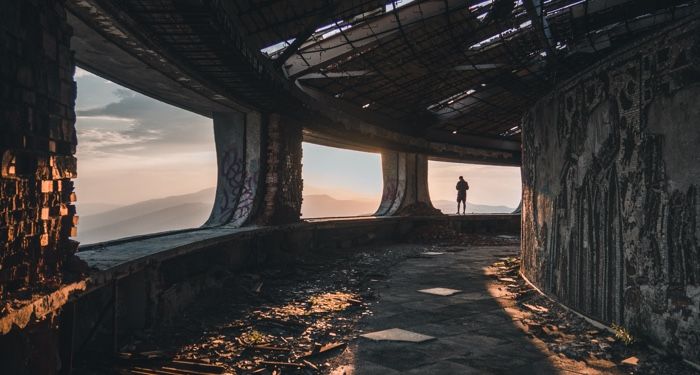


Source: https://tooleybook.com/blog/choosing-your-fantasy-subgenre/
A utopia is considered an ideally perfect place, especially in its social, political, and moral aspects. The idea of it is derived from a 1516 book by Sir Thomas More that describes an imaginary ideal society free of poverty and suffering. Dystopia is the opposite of utopia: a state in which the conditions of human life are extremely bad as from deprivation or oppression or terror (or all three).
Common elements of dystopian fiction include societies engaged in forever wars, and characterized by extreme social and economic class divides, mass poverty, environmental devastation, anarchy, and loss of individuality. Dystopian fiction is usually set in the near — rather than far — future to generate urgency about real current events. Because dystopian literature and cinema is set in the future, it is by definition science fiction.
Both science fiction and dystopian fiction belong to the larger category of “speculative” fiction. This type of fiction speculates what might happen to society if humans don’t deal with existential threats such as climate change, nuclear war, over-population, or authoritarianism.
Six Important Elements of Dystopian Fiction | Novel Publicity
The Rise of Dystopian Fiction: from Soviet dissidents to 70s paranoia to Murakami | Electric Lit
Dystopian Fiction: fantasy or fate? | Victorian Press
How Australian Dystopian Young Adult Fiction Differs from its US Counterparts | The Conversation